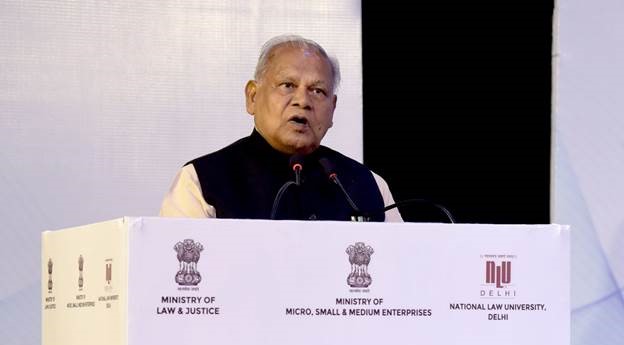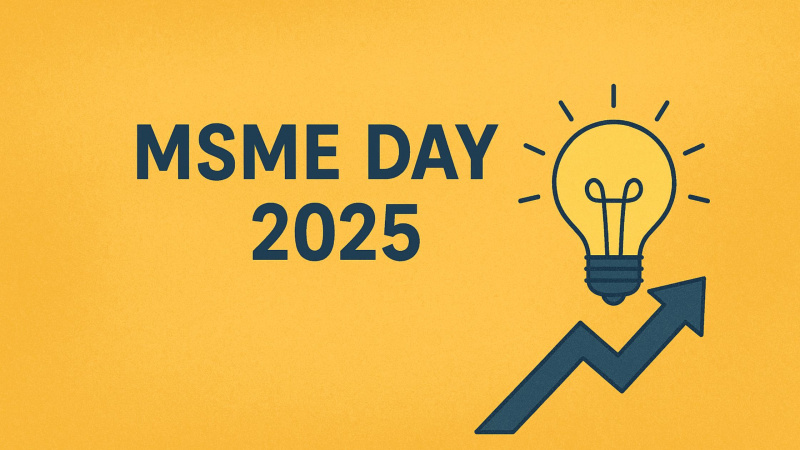Washington, D.C. — The Trump administration has suspended all U.S. military aid to Ukraine, halting billions of dollars in crucial ammunition, vehicles, and other equipment shipments. The move follows escalating tensions between President Donald Trump and Ukrainian President Volodymyr Zelenskyy, following a heated exchange in which Trump warned Zelenskyy of the risks of provoking a third world war.
A senior White House official confirmed the suspension, describing it as a “pause” rather than a permanent termination. The halt impacts all military assistance not yet in Ukraine, including equipment in transit on aircraft and ships or awaiting transport in Poland. President Trump has directed Defense Secretary Pete Hegseth to enforce the pause.
Pressure for Peace Talks
The decision to suspend aid appears to be a strategic move to pressure Ukraine into peace negotiations with Russian President Vladimir Putin. A White House official stated that the pause would allow for a review of U.S. aid to ensure it aligns with the administration’s goal of peace. “The president has been clear that he is focused on peace. We need our partners to be committed to that goal as well,” the official told the Washington Post.
During a recent meeting at the White House, which included Vice President J.D. Vance, Secretary of State Marco Rubio, and Director of National Intelligence Tulsi Gabbard, Trump reportedly told Zelenskyy to return “when he is ready for peace.”
Impact on Ukraine’s Defense Capabilities
Since Russia’s invasion nearly three years ago, the U.S. Congress has approved $175 billion in assistance to Ukraine, covering both military and budgetary aid. This support has been critical for Ukraine’s defense efforts and for maintaining essential services such as salaries for teachers and doctors. Of this, $31.7 billion has been pledged specifically for weapons aid, with over $20 billion already delivered through the Presidential Drawdown Authority (PDA) program.
The suspension affects previously approved aid that has not yet been delivered. No new aid has been approved by Trump since taking office, and a new congressional aid package appears unlikely in the near future.
Political Reactions and Strategic Shifts
The suspension of aid has triggered strong reactions in both Kyiv and Washington. President Zelenskyy recently remarked that the end of the war could be “very, very far away,” a statement that Trump criticized sharply on social media, accusing Zelenskyy of prolonging the conflict with U.S. backing.
The Trump administration is also reportedly exploring ways to restore ties with Russia, including lifting sanctions on the Kremlin. Sources indicate that the White House has instructed the State and Treasury Departments to draft a list of sanctions that could be eased as part of broader diplomatic and economic negotiations with Moscow.
Economic Leverage as Security Guarantee
Vice President J.D. Vance, in an interview with Fox News, suggested that providing the U.S. with an economic stake in Ukraine’s future might offer a more reliable security guarantee than continued military support. The comment was a reference to a proposed minerals deal with Ukraine, which Zelenskyy had been called to Washington to discuss.
“If you want real security guarantees, the very best security guarantee is to give Americans economic upside in the future of Ukraine,” Vance said.
Aid Strategy Review
The suspension of U.S. military aid to Ukraine marks a significant shift in American foreign policy and raises questions about the future of U.S.-Ukraine relations amidst the ongoing conflict with Russia. As the White House reviews its aid strategy, the decision could have far-reaching implications for the balance of power in Eastern Europe and for U.S. relations with its European allies.























